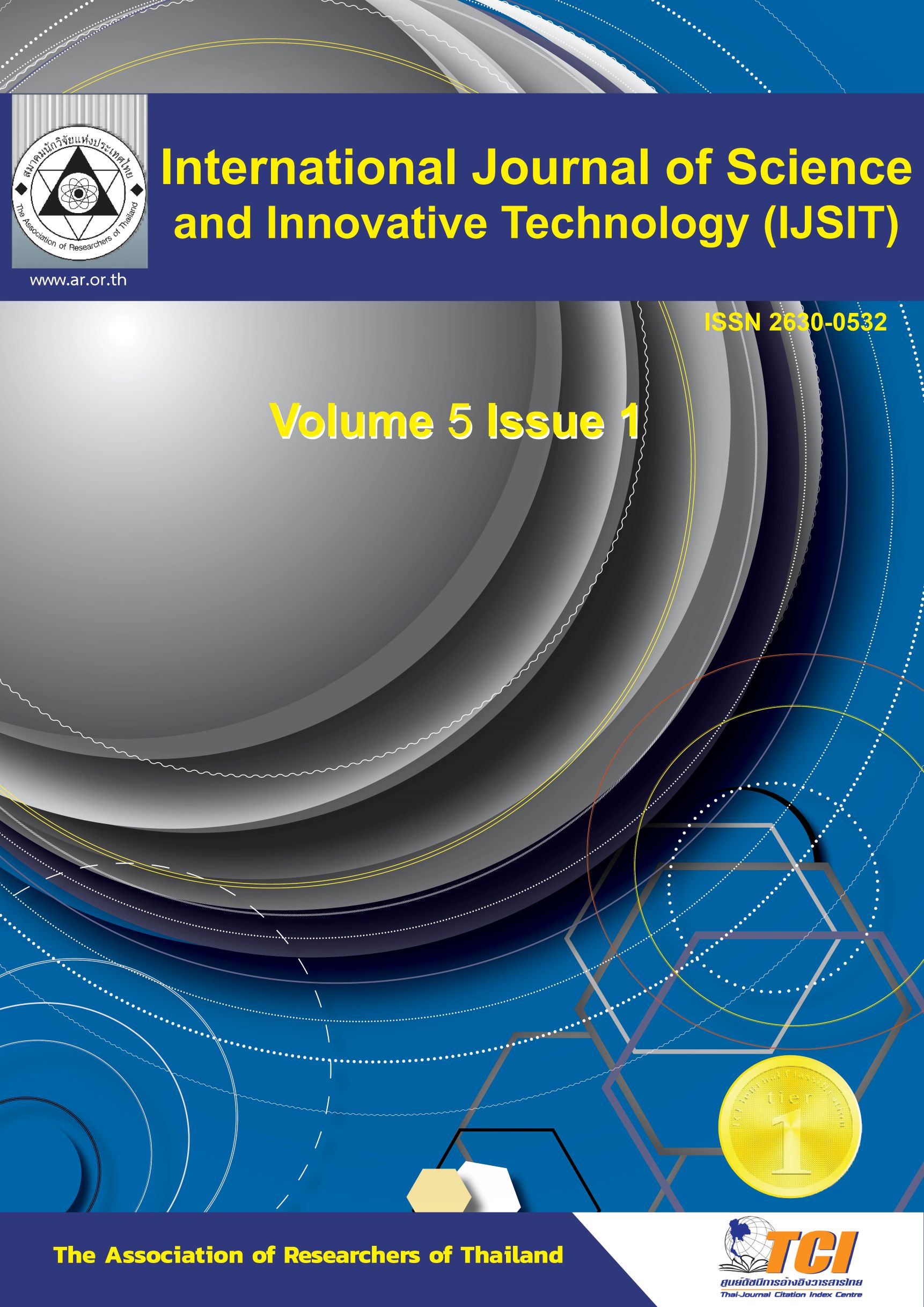Innovative Performance Appraisal System of the Electricity Generating Authority of Thailand
Main Article Content
Abstract
This research aims to study innovation of performance appraisal system for human resource management and evaluate the success in applying the performance appraisal system to the Electricity Generating Authority of Thailand (EGAT). This research is a qualitative research and information received from 10 key informants as follows: an Executive of the Electricity Generating Authority of Thailand or its representative, an Assistant Governor - Organizational Development, an Assistant Governor - Corporate Strategy, a representative from Human Resources and Organization Development Department, a representative from Personnel Development and Quality Department and 5 representatives from the EGAT by using Purposive Selection method and interview.
The results revealed that personnel management in the Performance Portfolio System was applied for organizational management. Based on the concept of the performance appraisal system, there are 5 steps as follows: 1) the operational planning process; Organizational goals are distributed into departments and individual levels respectively where employees and supervisors share a common action plan for working which operates through “Performance Portfolio System” 2) Performance monitoring process: The Performance Portfolio System is used to allow supervisors to monitor the performance of their subordinates and to prepare "One Page Performance Report" 3) Performance development process. There is a "Personal Competency Assessment System" for the group of potential employees developing themselves through creating useful works 4) Performance evaluation process operates through "Self-assessment system” by using the application for self-assessment from mobile phones or computers. 5) Rewarding process is used to link the performance of the personnel to the salary adjustment and promotion.
The success that the organization will receive as follows: 1) Personnel found that the Performance Portfolio system enhances systematic data collection. As a result, employees can assess, analyze their career paths, and recognize the skills needed for career development. 2) Executives are aware of human resource development focusing on the professional field of personnel, set clear goals to develop models and strategies for human resource development. It also encourages monitoring and evaluation of human resource development actions in each activity to recognize the level of success and use the information as a guideline to develop human resource development operations.
Article Details

This work is licensed under a Creative Commons Attribution-NonCommercial-NoDerivatives 4.0 International License.
References
Arphorn Phuviriyaphan (2010). Performance Management System. H R CENTER Co., Ltd.
Bergstrom, A., Blumenthal, D., &Crothers, S. (2002). Why internal branding matters: the case of Saab. Corporate Reputation Review, 5(2-3), 133-142.
Brian J. Hall. (2006). Performance Management [Practical Management]. Expernet Co., Ltd.
Dutton, J. E., Dukerich, J. M., & Harquail, C. V. (1994). Organizational images and member identification. Administrative science quarterly, 239-263.
Electricity Generating Authority of Thailand (2020). Annual human resource management 2019.
Bangkok Electricity Generating Authority of Thailand
Electricity Generating Authority of Thailand (2019). performance appraisal. Retrieved from : https://www4.egat.co.th/corporate-governance/index.php?option=com_ontent&view =article&id=64&Itemid=178.
Jiratchaya Sukpoka and Santidhorn Pooripakdee. (2020). Eefect Of Leadership Styles Of Supervisors To The Performance Of Employee Of Generation X And Generation Y In Private Enterpris, Humanities, Social Sciences and arts. 12(4), 1586-1600.
Mayer, R. C., Davis, J. H., & Schoorman, F. D. (1995). An integrative model of organizational trust. Academy of management review, 20(3), 709-734.
Noppadol Rhompo. (260).Key factor of success performance appraisal, Journal of Accounting Profession 5 (3), 54-64.
Office of the Civil Service Commission (2013). PM Practical experience from exemplary government agencies (PMS Best Practices) Nonthaburi : Office of the Civil Service Commission
Office of the Civil Service Commission. (2013). Performance Management (Handout). Professional Human Resources Program.
Office of the Civil Service Commission. Theory of system practical management. Retrieved from : http://www.ocsc.go.th/ocsc/th/index.php?option=com_content&view=article&id=271:2011-07-03-02-49-33&catid=50:mes-work&Itemid=257
Robert Bacal. (1999). Performance Management Expernet Co., Ltd.
Rhonnakorn phawawutthanaphusorn (2017). The Participation of Staff of Bank for Agriculture and Agricultural Co-operatives in Implementation of the Mission on Social and Environment Responsibility Lumpoon province. Master of Business Administration , Maejo university
Sira Sriyothin (2017). Internal Branding and competitive advantage Veridian E-Journal Silpakorn University, 10(2). /1011-1024.
Tada Ratchagit. (2564). (Performance Appraisal : PA) KEY OF SUCCESS ORGANIZATION EVELOPMENT. Retrieved from : https://th.hrnote.asia /orgdevelopmen /th-evaluation-190115/.
Teeraphol Jaroensuk (2021) . An Independent Study in Partial Fulfillment of the Requirements
for the Master of Business Administration Degree in Business Administration.
Phranakhon Sri Ayutthaya Rajabhat University.
Van Knippenberg, D., Van Knippenberg, B., De Cremer, D., & Hogg, M. A. (2004). Leadership, self, and identity: A review and research agenda. The Leadership Quarterly, 15(6), 825-856.
Wright, P. M., Gardner, T. M., & Moynihan, L. M. (2003). The impact of HR practices on the performance of business units. Human Resource Management Journal, 13(3), 21-36.
Yee, R. W., Yeung, A. C., & Edwin Cheng, T. (2010). An empirical study of employee loyalty, service quality and firm performance in the service industry. International Journal of Production Economics, 124(1), 109-120.


